Biomedical Engineering Reference
In-Depth Information
research that trial and error is a bad approach to problems with modest-to-high complex-
ity due to combinatorial explosion. In contrast, the opposite approach of highly directed
and focused attack on a difficult problem often lead to a dead end or cul de sac. The opti-
mal approach is a compromise known as heuristic searching in AI or operations research
jargon.
In our initial attempt to reverse engineering Nature's intelligence, a survey of biological
information processing revealed that heuristic searching can be found in various hierar-
chies, from the submolecular level of protein folding to the systems level of conscious deci-
sion-making (41). The agent technology in problem-solving computer programs also
demonstrates that giving the program a limited freedom yields handsome dividends (42).
It is again the manifestation of heuristic searching that the computer programmer pro-
vides a general strategy but does not micromanage the detailed task. The general strategy
prevents the computational resource from spreading out too thinly, whereas the limited
freedom empowered to the software agent allows it to explore a wider range of options
than the programmer can conceive ahead of time.
Here, we suggest that intelligence of the human brain lies in its ability to perform ana-
log-pattern recognition and holistic judgment in addition to what a digital computer can
do best—rule-based, step-by-step decision making (43). The capability of analog-pattern
recognition is what intuition is all about. As compared to digital-pattern recognition, ana-
log-pattern recognition is more error-prone. It seems that the ability to make small mis-
takes is the source of creativity and intelligence. Perhaps the educational community also
has something to learn from the software agent technology. Even now the educational
community still succumbs to the spell of behaviorist psychology. Students are trained to
learn by boring repetitions only to be reinforced by means of rewards and punishments,
much like training a rat to run a maze. The value of ruled-based reasoning is grossly exag-
gerated and students' innate intuition suffers accordingly. As a result, the public at large
tends to get the short end of technological advances. Information explosion led to com-
partmentalization of disciplines and fragmentation of knowledge. The outcome restricts
the range of human exploration. The development of smart sensors also demands a con-
tinuing supply of smart users. Otherwise, the enslavement by computers envisioned in
science fictions may eventually turn out to be a nightmare coming true. As a saving grace,
smart-sensor technology is promoting cross-fertilization of ideas across disciplines, one of
the most effective ways to escape from the straightjacket of specialization.
From the point of view of smart-sensor designs, biomimetic science, which relies upon
imitating Nature in an intelligent way, constitutes a kind of heuristic searching in engi-
neering. Neither one abandons reverse engineering all together nor does one adhere
strictly to Nature's implementation. From a big picture of science and technology policies,
applied research, if coupled with sound basic research, constitutes heuristic searching at a
higher level of R&D hierarchies.
23.4
Concluding Remarks
Biosensors provide an unlimited opportunity for developing smart, sophisticated tech-
nologies that enable the continual monitoring of individual health and overall living
spaces. There is an increasing need in our dynamic society for inexpensive point-of-care
diagnostics, portable field microanalyzers, and highly sensitive substance-recognition sys-
tems for a wide variety of security applications. In general, these biosensors must be com-
pact devices that provide real-time, onsite detection and exhibit smart functions that


